Remembering AB Vajpayee: His Innate Passion For Odisha & Contribution To State Politics
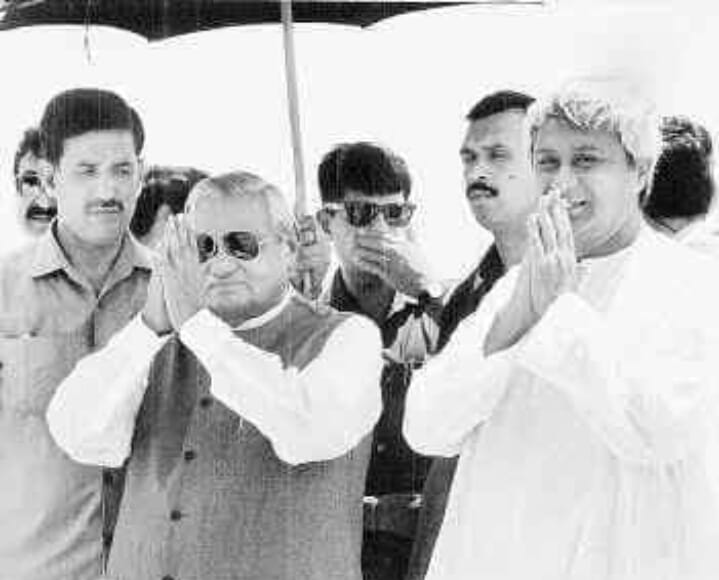
Bhubaneswar: President Droupadi Murmu, Prime Minister Narendra Modi and union ministers on Tuesday paid floral tributes at Sadaiv Atal, Atal Bihari Vajpayee’s memorial in the national capital on Tuesday.
Vajpayee, who will be remembered as “a man of the masses” and served as prime minister for three terms, left for his heavenly abode on August 16, 2018.
The former PM had an innate passion for Odisha and it was his call that changed Odisha politics. After the Super Cyclone on October 29, 1999, which devastated coastal Odisha, he rushed to the state to assess the dimension of the calamity and announced Rs 250-crore central assistance for the relief, rescue and rehabilitation of the affected families.
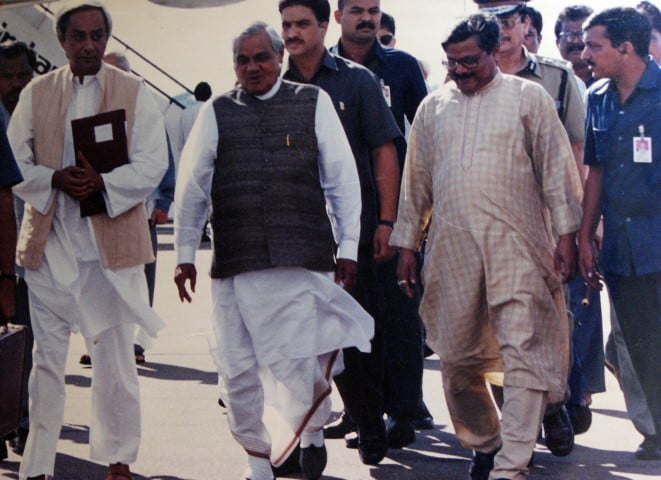
His statement that ‘funds will never be a constraint for the development of Odisha’ not only won the hearts of the people but also the next election to the state Assembly under the leadership of then Union Minister Naveen Patnaik. He also faced criticism from the opposition for his liberal assistance to Odisha.
Vajpayee was close to former Chief Minister Biju Patnaik and it is said that he played the role of an advisor during the formation of the Biju Janata Dal (BJD). He was also responsible for the induction of the BJD into the National Democratic Alliance (NDA).
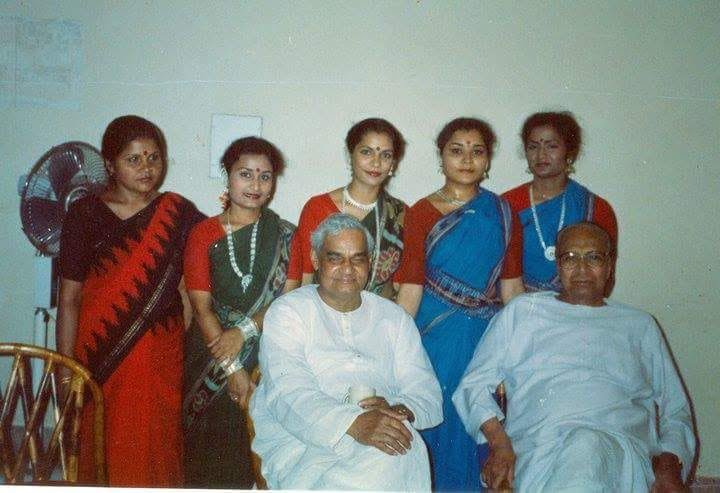
Senior BJD leader and Rajya Sabha member Prasanna Acharya said, “During the formation of the BJD, both Atal ji and Advani ji had given us the mental courage. Whenever Naveen Babu had sought advice, Atal ji was used to give him constructive advice.”
To strengthen the party base of the BJP, Vajpayee visited Odisha a number of times. In 1981, he visited Rourkela to review the organisational activity of the party. He also shaped Naveen Patnaik’s political career by giving him Steel and Mines portfolio in his cabinet. “He was a great leader and it was always a very good experience to have worked under him,” Naveen had said following his demise.
After forming the government at the Centre in 1999, Vajpayee, for the first time, created the Tribal Affairs Ministry and entrusted the portfolio to Jual Oram. “For the tribals, Dalits, backward communities, poor and downtrodden, he was like a God. While giving me the portfolio, he inspired me to work with diligence and without any fear. He had given me free hand to do the best for the tribals,” Jual had said.
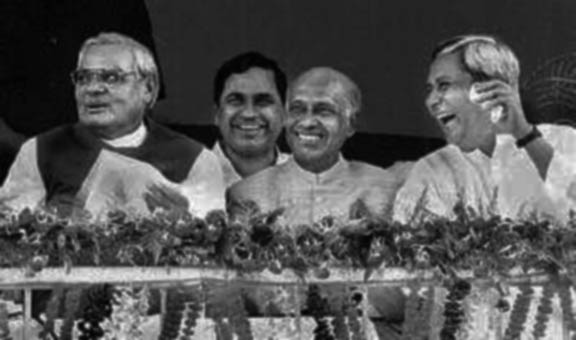
Senior BJP leader Debendra Pradhan also credited Vajpayee for envisioning mega infrastructure projects like Golden Quadrilateral, the National Highways expansion project connecting four metros – Delhi, Mumbai, Chennai and Kolkata, the rural connectivity programme under Pradhan Mantri Gram Sadak Yojana (PMGSY) and Swajal Dhara, the rural piped water supply scheme. “His ideals were so inspiring that it had given me the strength to discharge my duty with full vigour,” said Debendra, who was also a Union minister in the Vajpayee’s cabinet.
Apart from Naveen, Jual and Debendra, Vajpayee also inducted Arjun Sethi, Braja Kishore Tripathy and Dilip Ray as Union Ministers in his cabinet.
Senior Congress leader Niranjan Patnaik had also praised him for his secular credentials. “He was a man of very impressive personality. What I have felt that despite being in the BJP, Vajpayee was a secular leader,” he noted.
HIS CONTRIBUTION TO ODISHA’S DEVELOPMENT
Vajpayee laid the foundation stone of the oil refinery of the Indian Oil Corporation Ltd (IOCL) at Paradip on May 25, 2000. Congress tried to claim credit for the Rs 35,000-crore 15-million tonnes per annum project but it was inaugurated by Prime Minister Narendra Modi on February 7, 2016.
On July 15, 2002, he laid the foundation stone of the AIIMS at Sijua in Bhubaneswar modelled on that in New Delhi. It was among the six such premier institutes sanctioned by the Vajpayee government and the first to be operationalised.
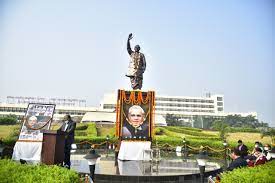
Vajpayee was also instrumental in the operationalisation of the East Coast Railway (ECoR) on April 1, 2003.
The former Prime Minister, while in the Opposition, had proposed special assistance for the KBK (Kalahandi-Balangir-Koraput), one of the most backward and underdevelopment regions in the country, in Parliament.
HIS CONNECTION WITH PURI
The former PM had also visited Jagannath Temple in Puri several times. On April 17, 1998, he walked barefoot to the 12th-century shrine from Raja Nahar (Gajapati King’s palace) to have a darshan of the sibling deities. While the officials waited for him at Singhadwar, he moved toward the crowd who were eagerly waving hands at him, breaking protocol. He even had ‘abadha’ on the premises of the temple.
Recalling a trip to Konark, senior BJP leader Krushna Chandra Jagdeb had said that Vajpayee practised meditation early in the morning around 4 am at Chandrabhaga and termed the place as ‘the meditation soil in true sense’ after witnessing the sunrise on the beach. The former PM also had the coconut water at Konark.

Comments are closed.